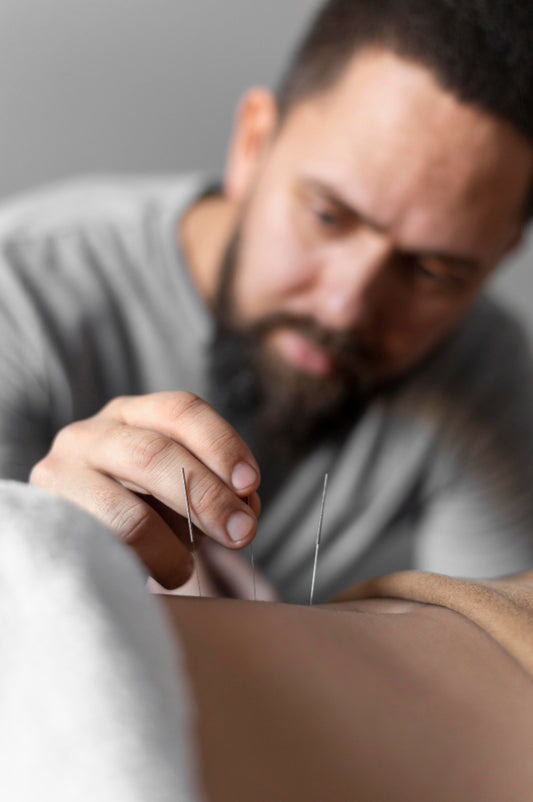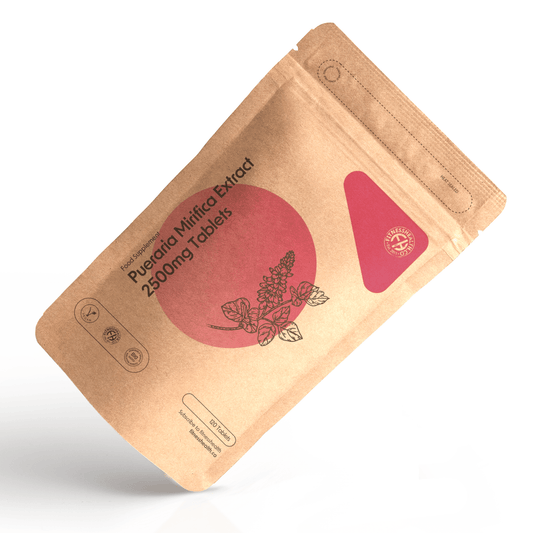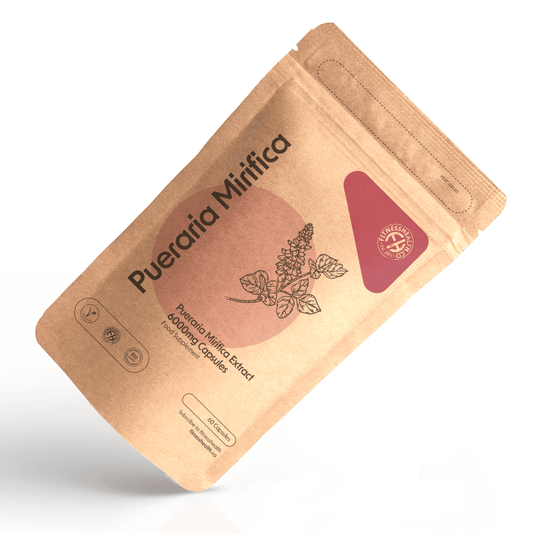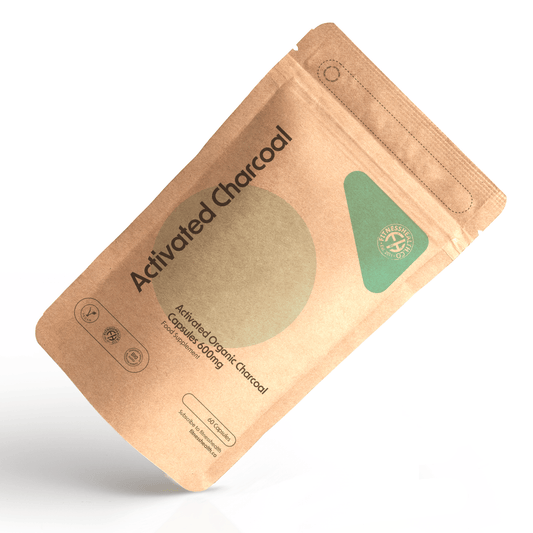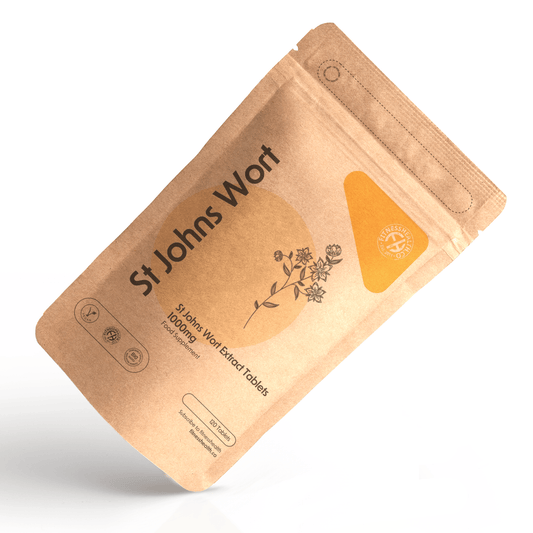
Probably one of the most popular exercises known to gym-goers, the barbell-dumbbell biceps curl’s purpose is primarily to develop the overall size of the biceps. It is an exercise for the elbow flexors, which includes the biceps brachii, brachioradialis, and brachialis.
The biceps brachi is a two-headed muscle group that is made up of an internal short head and an external long head, both of which can be found at the anterior aspect of the arm. The biceps brachii flexes the elbow and supinates the forearm. You can stress the biceps brachii more by employing a supinated, or underhand, grip while performing the biceps curl. The brachioradialis muscle is situated at the outer side of the lower arm and forearm. It has one primary function, serving to flex the elbow. To put emphasis on this muscle it’s best to make use of a semi-pronated grip.The brachialis is located below the inferior part of the biceps brachii. Like the other groups, it serves to flex the elbow and can be accentuated via using a pronated, or overhand, grip whilst performing the biceps curl.
Although not directly trained, there exists several ‘stabiliser’ muscles which are activated as a result of the exercise. For starters, the anterior deltoid steadies the shoulders, which in turn, help to stabilise the arms. In addition, the wrist extensors and flexors help to steady the wrist, which makes the exercise more sound and effective.
Bibliography
Baechle, Thomas R., and Roger W. Earle. "Resistance Training Exercises." NSCA Essentials of Strength Training and Conditioning. 2nd Edition. Champaign, Illinois: Human Kinetics, 2008.
Earle, Roger W., and Thomas R. Baechle. "Resistance Training Exercise Techniques." NSCA's Essentials of Personal Training. 2nd ed. Champaign, IL: Human
Kinetics, 2012. 312.
NSCA. Exercise Technique Manual for Resistance Training. 2nd ed. Champaign, IL: Human Kinetics, 2008.
Schwarzenegger, Arnold, and Bill Dobbins. "The Arms." The New Encyclopaedia of Modern Bodybuilding. New York: Simon & Schuster, 1998. 384.



